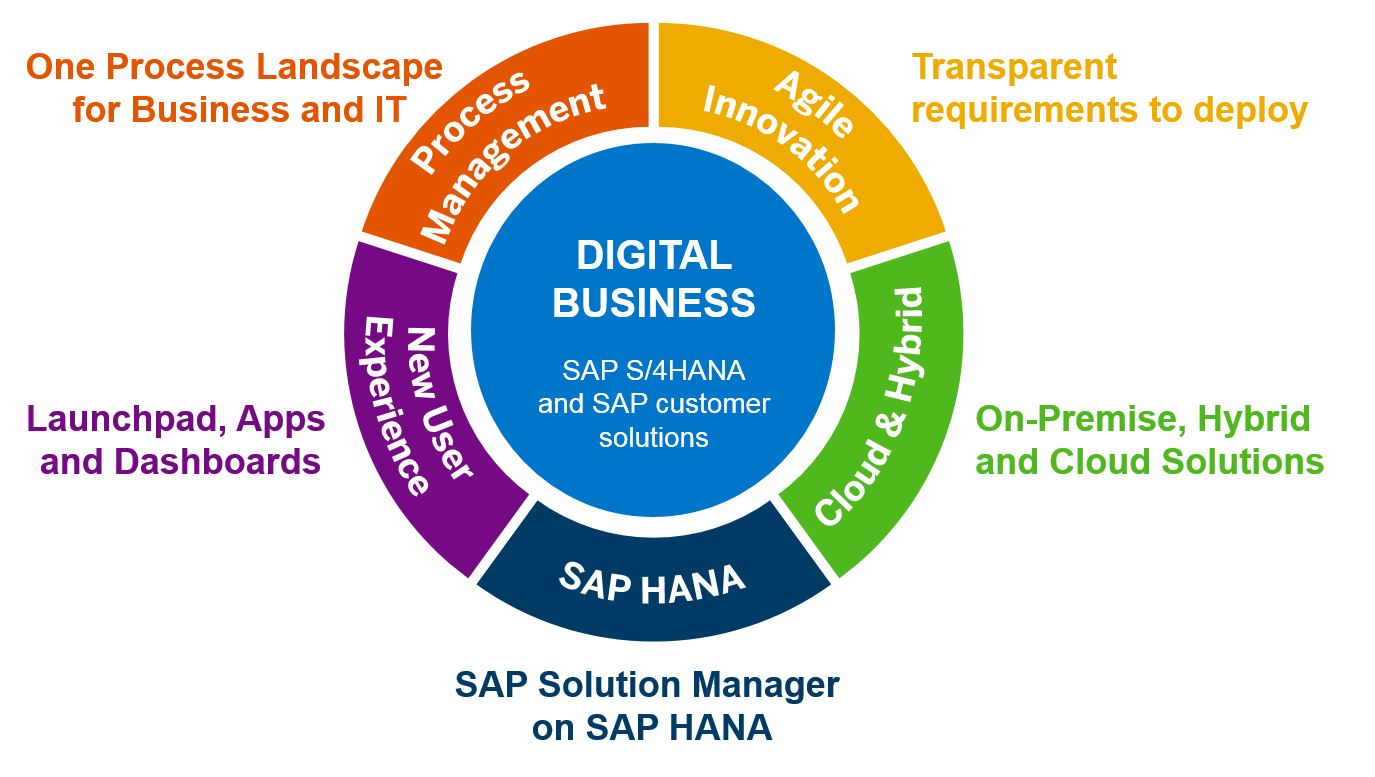Effective Time Tracking Strategies for Remote Employees

Many businesses are transitioning to remote work, whether for a few days a week or full-time. With this shift comes the need for effective time-tracking strategies for employees working remotely. Time tracking can help businesses understand how much time employees spend on different tasks and projects, leading to better productivity and efficiency.
Why Is Time Tracking Important for Remote Employees?
Time tracking is a critical component of managing remote teams, and it’s about more than just logging hours. It provides a clear picture of how work time is distributed, paving the way for productivity, efficiency, and work-life balance improvements.
Open Time Clock is a time-tracking software that allows employees to clock in and out, track their hours, and view their schedules from any device. This technology makes it easy for remote employees to track their time accurately. Here are some of the reasons why time tracking is essential for remote employees:
Understanding Productivity
The first step towards improving productivity is understanding where time is spent. With an open time clock, remote employees can record their work hours, breaks, and off times. This data helps identify patterns, understand peak productivity hours, and adjust schedules accordingly. It’s not about policing employees but gaining insights to foster a more productive work environment.
Enhancing Efficiency
Time tracking also enhances efficiency. Businesses can streamline processes, provide additional training, or introduce automation by identifying tasks that consume more time than expected. This proactive approach to task management can significantly improve overall team efficiency.
Promoting Work-Life Balance
One of the major attractions of remote work is the promise of a better work-life balance. However, proper time management can smooth the line between work and personal life. Time tracking encourages remote employees to set boundaries, ensuring they take adequate breaks and avoid overworking.
Transparency and Trust
Finally, time tracking promotes transparency and trust. When everyone uses an open time clock, it creates a culture of accountability. Employees know their time is being tracked, fostering a sense of responsibility. At the same time, managers gain confidence knowing that work is being done as expected.
Tips for Effective Time Tracking for Remote Employees
Finding the right tools and processes is vital to successful time tracking for remote employees. Here are some tips to help you get started:
Choose a Reliable Time Tracking Tool
When choosing a time-tracking tool for remote employees, it’s important to consider reliability. Look for a tool that has been tested and has positive reviews from other users. This will ensure that the tool functions properly and provides accurate data. Many options are available, so take the time to research and choose the best one for your team.
Set Clear Expectations
The success of time tracking relies on clear communication and expectations. Set specific guidelines for when and how team members should track their time and explain the importance of doing so. This will help prevent confusion and ensure everyone is on the same page. Avoid micromanaging employees and focus on the result rather than constantly monitoring time spent on tasks.
Encourage Breaks and Disconnecting
Remote work can lead to longer working hours and a lack of breaks. As mentioned earlier, time tracking can help remote employees set boundaries and prevent burnout. Encourage your team to take regular daily breaks and disconnect from work after their designated hours. This will promote a healthy work-life balance and improve productivity.
Use Time Tracking As a Tool
Time tracking should not be used as a way to micromanage or penalize employees. Instead, it should be seen as a tool to help individuals and teams become more efficient with their time. Use the data gathered from time tracking to identify areas for improvement and have open discussions with team members on how to manage their time better.
Provide Support and Training
Not all remote employees may be familiar with using a time-tracking tool, so providing support and training is crucial. Offer resources or tutorials on using the chosen tool effectively, and address any questions or concerns from your team. This will ensure that everyone uses the tool correctly and gets the most out of it.
Review and Adjust
Regularly review the time tracking data to see any patterns or areas for improvement. Use this information to adjust processes, workflows, or team assignments. Time tracking should be a continuous process that evolves to meet the changing needs of your team.
Celebrate Successes
Finally, celebrate the successes of implementing time tracking in your remote team. Share data on improved productivity or efficiency, and acknowledge individuals who have positively changed their time management habits. This will help motivate your team to continue using time tracking for success.
What to Look for in a Time-Tracking Tool
When choosing a time-tracking tool for your remote team, there are a few key features to consider. Here are some of the most important factors to keep in mind:
Ease of Use
The tool should be user-friendly and accessible for all team members to understand and navigate. Complicated or confusing interfaces may deter employees from using them effectively.
Flexibility
Look for a tool that can be used on different devices and platforms and support different types of tasks and projects. This will ensure that employees can track their time accurately regardless of where they work from.
Integration
Consider tools that integrate with other applications or software your team already uses, such as project management or communication platforms. This can streamline the time-tracking process and make it more efficient.
Reporting and Analytics
A good time-tracking tool should be able to generate reports and provide analytics on employee time data. This can help you identify patterns and areas for improvement and better understand how your team uses their time.
Time tracking can be a powerful tool for remote teams to improve productivity, manage workloads, and increase efficiency. Using a time-tracking tool can benefit individuals, the entire team, and the organization. Remember these key factors when choosing a time-tracking tool for your remote team to ensure success and continued growth. With the right tools and practices, you can effectively manage your team’s time and achieve tremendous success in all your projects.




